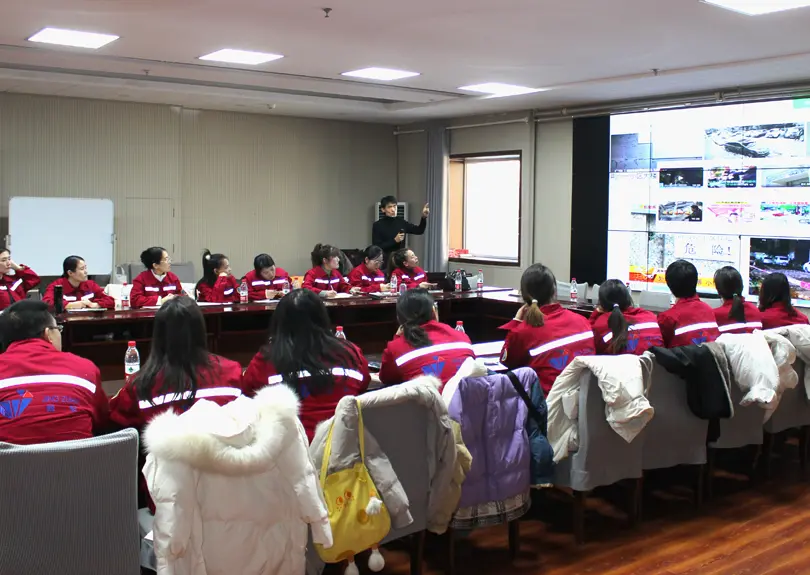
অক্টো. . 11, 2024 02:48 Back to list
hpmc for construction
HPMC for Construction A Versatile Building Material
Hydroxypropyl Methylcellulose (HPMC) is a cellulose ether that has gained significant popularity in the construction industry due to its versatile properties and applications. As a non-ionic, water-soluble polymer, HPMC serves as an essential additive in various construction materials, improving their performance and workability. This article explores the functions, benefits, and applications of HPMC in construction, highlighting its importance in modern building practices.
HPMC for Construction A Versatile Building Material
In addition to its thickening properties, HPMC plays a crucial role in extending the open time of construction materials. Open time refers to the period during which a material remains workable after it has been mixed. The incorporation of HPMC into mortars and other products can significantly prolong this time, allowing construction workers to manipulate the material without the risk of rapid drying or setting. This is particularly beneficial in hot and arid environments, where traditional materials may dry too quickly, leading to poor bonding and crack formation.
hpmc for construction

Another significant advantage of HPMC is its ability to improve water retention in construction mixtures. This property ensures that the mortar or plaster remains workable for a more extended period, which is especially crucial during the application process. Improved water retention also leads to better hydration of cement particles, resulting in stronger cured bonds. Consequently, HPMC contributes to the durability and longevity of finished construction projects.
Moreover, HPMC is considered an eco-friendly alternative in construction applications. As a plant-derived product, it aligns with the increasing demand for sustainable building materials. Its biodegradable nature and non-toxic characteristics make HPMC a preferable choice for environmentally conscious builders and architects.
The versatility of HPMC is further evident in its various applications throughout construction. It is commonly used in cement-based adhesives for tiles, external wall insulation systems, and repair mortars. Additionally, it is utilized in pre-mixed dry mortars, enhancing the performance and reliability of these products. The integration of HPMC allows manufacturers to meet stringent industry standards while providing builders with high-quality and high-performance materials.
In conclusion, Hydroxypropyl Methylcellulose (HPMC) has established itself as an invaluable component in the construction industry. Its multifunctional properties, such as thickening, water retention, and extended open time, enhance the performance of various building materials. Furthermore, its eco-friendly nature aligns with the growing trend towards sustainable construction practices. As the construction landscape continues to innovate, the role of HPMC is likely to expand, further solidifying its importance in the development of efficient and durable building solutions.
-
Versatile Hpmc Uses in Different Industries
NewsJun.19,2025
-
Redispersible Powder's Role in Enhancing Durability of Construction Products
NewsJun.19,2025
-
Hydroxyethyl Cellulose Applications Driving Green Industrial Processes
NewsJun.19,2025
-
Exploring Different Redispersible Polymer Powder
NewsJun.19,2025
-
Choosing the Right Mortar Bonding Agent
NewsJun.19,2025
-
Applications and Significance of China Hpmc in Modern Industries
NewsJun.19,2025







